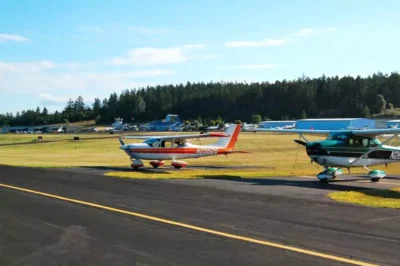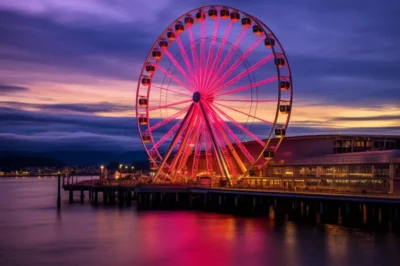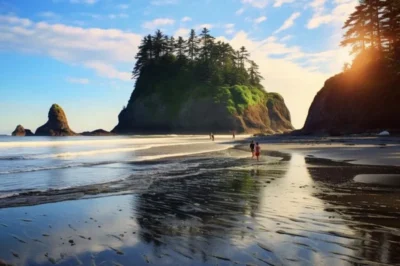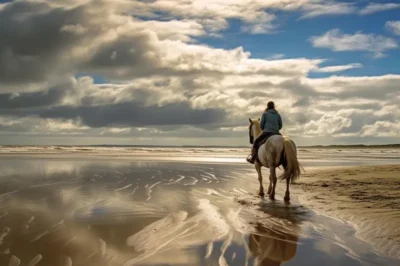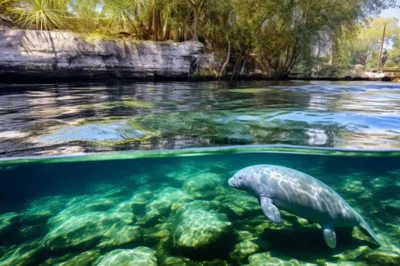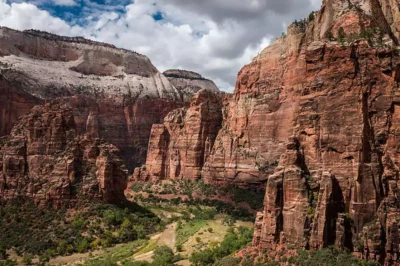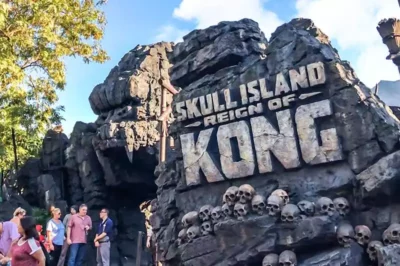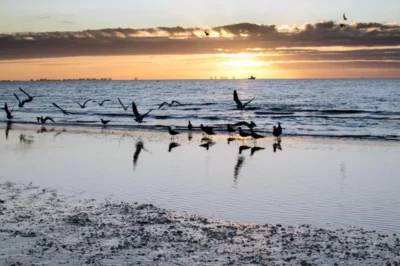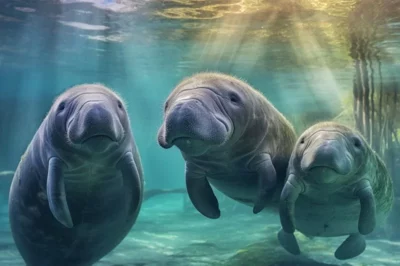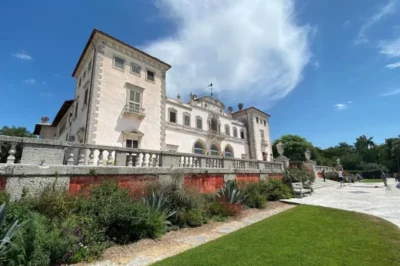5 Best Places for Killer Whale Watching in Washington
Have you ever dreamed of witnessing the grandeur of nature in its raw, unadulterated form? If so, let’s dive right into the majestic world of orca whale watching in Washington.
In this corner of the United States, the splendor of these extraordinary marine creatures is just a boat ride away.
The breathtaking spectacle of orcas breaching the surface of the crystal-clear waters, their striking black and white bodies glistening against the sun, is a sight that truly imprints on your heart.
Understanding the Magnificent Orca
To appreciate the wonder of whale watching, we must first get acquainted with the star of the show – the orca, or killer whale. What exactly are these majestic creatures, and what makes them so special?
Firstly, the orca is not just any whale; it’s the largest member of the dolphin family! Characterized by its distinct black and white coloration and a tall dorsal fin, the orca is a sight to behold in the wild.
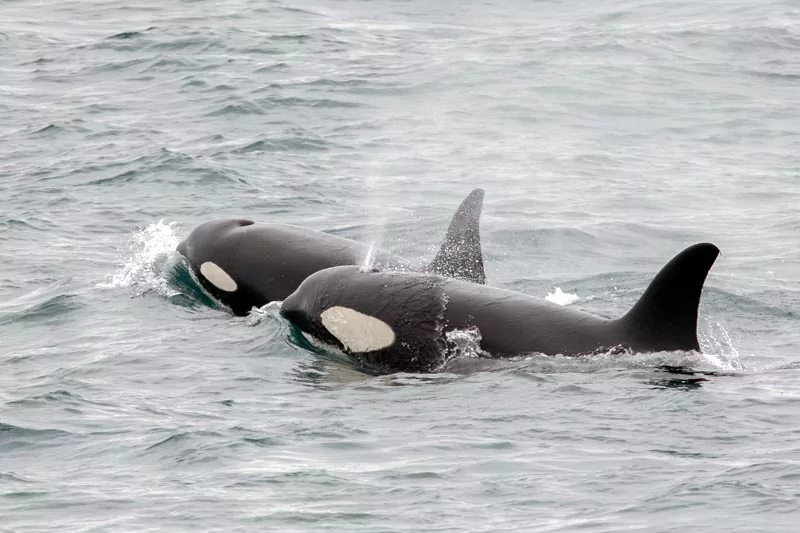
These mammals are renowned for their intelligence and versatile hunting techniques, which vary depending on their geographical location and the nature of their prey.
In the waters around Washington, we’re lucky to observe the ‘Southern Resident Killer Whales,’ a unique group of orcas with distinctive behaviors, vocal patterns, and diet preferences.
This community is primarily fish-eaters, with a special fondness for Chinook salmon. Their social structure is matriarchal, led by elder females, and family bonds are particularly strong within this group.
So, are you ready to take a deep dive into the enchanting world of orcas and explore the wonders of whale watching in Washington?
Why Washington is a Prime Location for Orca Watching?
Washington is a state known for its enchanting landscapes and diverse wildlife, but did you know it also offers one of the most stellar experiences in orca watching?
Geographically, Washington is uniquely situated, particularly with the Salish Sea hugging its coastline, which includes the picturesque Puget Sound and the Strait of Juan de Fuca.
This marine ecosystem is teeming with life, providing an excellent feeding ground for orcas. The region is particularly well-known for its healthy salmon populations, a favorite meal of the Southern Resident Killer Whales.
Orcas follow their food, and Washington’s coastal waters provide rich fishing grounds that attract these animals, especially during salmon spawning seasons. Moreover, the deep channels and protected waters of the Salish Sea provide an ideal habitat for orcas to hunt, socialize, and raise their young.
Best Time for Orca Whale Watching in Washington
Well, timing is everything in the world of whale watching. Although orcas can be spotted year-round in Washington, the peak time to see Southern Resident Killer Whales is typically from late spring through early fall, roughly May through September.
This period aligns with the salmon runs, drawing the orcas closer to shore as they follow their primary food source.
But , every season has its charm! Outside of these peak times, transient orcas (marine mammal-eating orcas) and other marine wildlife such as seals, sea lions, and various bird species provide delightful viewing opportunities.
And let’s not forget the awe-inspiring humpback whales that grace the waters during fall migration!
Top 5 Whale Watching Spots in Washington
Each corner of Washington state offers unique vantage points to witness the magnificent orcas. Here, we’ll explore the top five whale watching spots that promise an experience you’ll cherish forever.
The San Juan Islands
Regarded as the crown jewel of whale watching in Washington, the San Juan Islands offer a spectacular setting to witness orcas in their natural habitat.
The waters around these islands are a favorite summer hangout for the Southern Resident Killer Whales, thanks to abundant salmon supply. The Lime Kiln Point State Park on San Juan Island, often referred to as “Whale Watch Park,” is especially renowned for shore-based whale watching.
Alternatively, numerous boat tours operate from Friday Harbor, providing opportunities for closer encounters.
Anacortes
Anacortes, located on Fidalgo Island, is another fantastic whale watching location.
It serves as a gateway to the San Juan Islands and provides ample whale watching tour options. The boat tours from Anacortes have an impressive record of whale sightings, especially between May and September.
Moreover, its location allows for less travel time to reach the whale hotspots, meaning more time observing these majestic creatures!
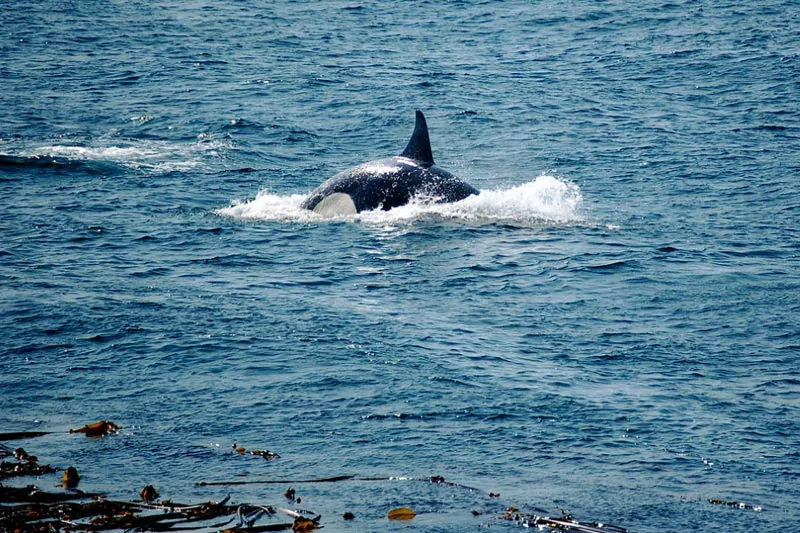
Port Townsend
Located on the northeastern tip of the Olympic Peninsula, Port Townsend is uniquely positioned to offer memorable whale watching experiences.
Its marine waters are frequented by both resident and transient orcas, not to mention a wide array of other marine life. Boat tours from Port Townsend often venture into the Strait of Juan de Fuca, a popular route for migrating whales.
Puget Sound
The beautiful Puget Sound, extending from the city of Seattle, is another excellent place for whale watching. While it might not be as famous as the San Juan Islands, it’s still a hotspot for orcas and other marine wildlife.
Various ferry routes cross the Sound, often providing unexpected and delightful whale sightings. And for a more guided experience, several whale watching tours depart from Seattle and Edmonds.
Westport
Westport, on Washington’s Pacific coast, offers a different whale watching experience. While it’s not a primary spot to see orcas, it’s well-known for gray whale sightings, especially during their migration season from March through May.
This coastal town also offers various whale watching tours, taking visitors out to the open ocean for a different kind of marine wildlife adventure.
Whale Watching Tours
Embarking on a whale watching tour can be an exhilarating experience, offering an opportunity to see orcas up close and learn from seasoned experts. But how do you go about choosing the right tour?
Things to Consider When Choosing a Tour
- Experience and Reputation: Look for tour companies with extensive experience and a solid reputation. They should be knowledgeable about the area’s marine life and adhere to local laws and guidelines for responsible whale watching.
- Size of the Boat: The size of the boat can influence your whale watching experience. Smaller boats may offer a more intimate experience but might be more affected by sea conditions. Larger vessels typically provide more stability and better amenities but can be crowded.
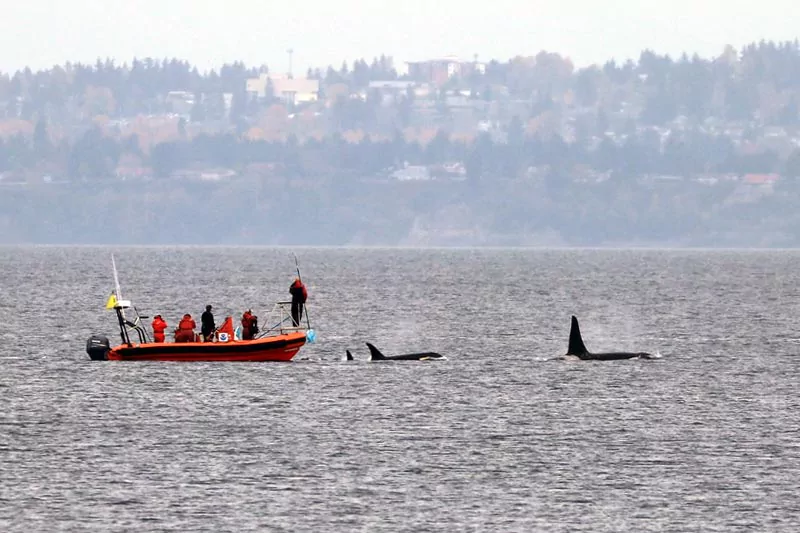
- Guides and Naturalists: A good tour isn’t just about seeing whales; it’s about learning too. Tours that include a naturalist or guide who can provide insightful information about the whales and their environment can enrich your experience.
- Success Rate: While no tour can guarantee a whale sighting, those with a high success rate indicate a good knowledge of local whale activity.
DIY Whale Watching: What You Need to Know
If you prefer a bit of adventure and flexibility, DIY whale watching might be the way to go. But before you set off, here’s what you need to know:
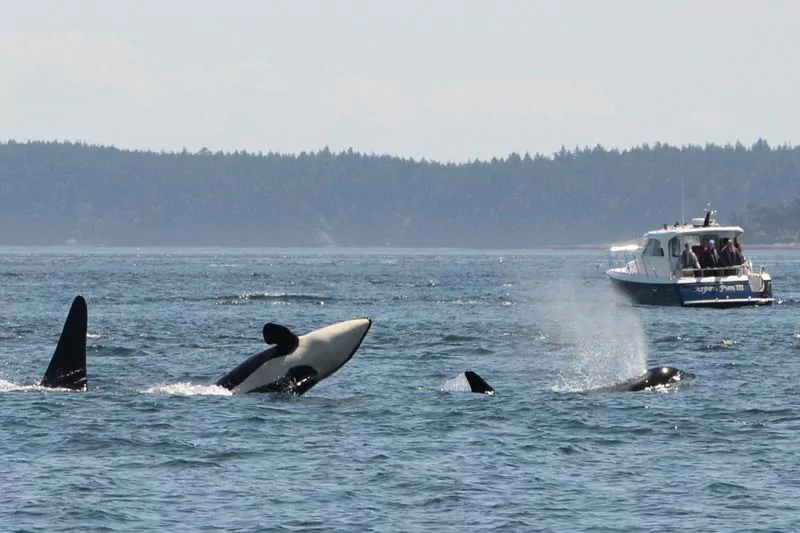
Preparation Tips for a DIY Whale Watching Trip
- Research: Understand the best spots and the best time of year for whale watching. The behavior of whales changes seasonally and understanding this can significantly increase your chances of a sighting.
- Equipment: Binoculars are a must for spotting whales from the shore. A field guide to local marine life might also come in handy.
- Safety: Check the weather forecast, dress appropriately, and if you’re venturing out on a private boat, ensure you have the necessary safety equipment and adhere to marine regulations.
What to Bring on Your Whale Watching Trip
Venturing out to watch the majestic orcas can be an experience of a lifetime! But to ensure the journey is comfortable and fruitful, packing the right gear is essential. Here’s a list of must-haves:
- Binoculars: To catch a close-up view of the orcas and other wildlife, binoculars are a must. Opt for a waterproof pair for durability.
- Warm Clothing: It can get chilly out on the water, even in summer. Dress in layers, and don’t forget a waterproof windbreaker or jacket.
- Sun Protection: Bring a hat, sunglasses, and sunblock to protect yourself from the sun’s glare, especially on the water.
- Comfortable Shoes: If you’re on a boat, you might encounter slippery surfaces. Wear sturdy, non-slip shoes for your safety.
- Camera: To capture the magic of the moment, bring along a good quality camera. If you’re an avid photographer, consider a camera with a good zoom lens.
- Snacks and Water: Whale watching can be a waiting game. Keep hydrated and pack some snacks to keep your energy levels up.
- Sea-sickness Remedies: If you’re prone to seasickness, consider bringing seasickness bands or medication. Better safe than sorry!
How to Spot an Orca: Expert tips
Spotting orcas requires patience, but a few tips can help maximize your chances:
- Watch for the Blow: Orcas need to surface to breathe, expelling a powerful ‘blow’ of air and moisture. This can be visible from a distance, so keep an eye out for it!
- Look for Birds: A flock of birds hovering in one spot could indicate a school of fish below, attracting hungry orcas.
- Scan the Horizon: Use your binoculars to slowly scan the water’s surface. Look for disturbances in the water or unusual shapes.
- Follow the Boats: If you’re out on a boat, keep an eye on other boats. They might have spotted something interesting.
- Listen for Blows and Splashes: If you’re near the water, listen for the sound of blows or large splashes. Orcas are powerful creatures, and their movements can make a lot of noise.
- Check for a Dorsal Fin: The iconic tall, triangular dorsal fin of an orca is a dead giveaway. If you see one, there’s a good chance there are more nearby.
Conclusion
There’s something uniquely magical about watching orcas in their natural habitat.
The breathtaking spectacle of these intelligent, magnificent creatures cruising through the waters around Washington is an experience that transcends simple sightseeing. It’s a privilege, a thrill, and a lesson in the wonder of our natural world.
